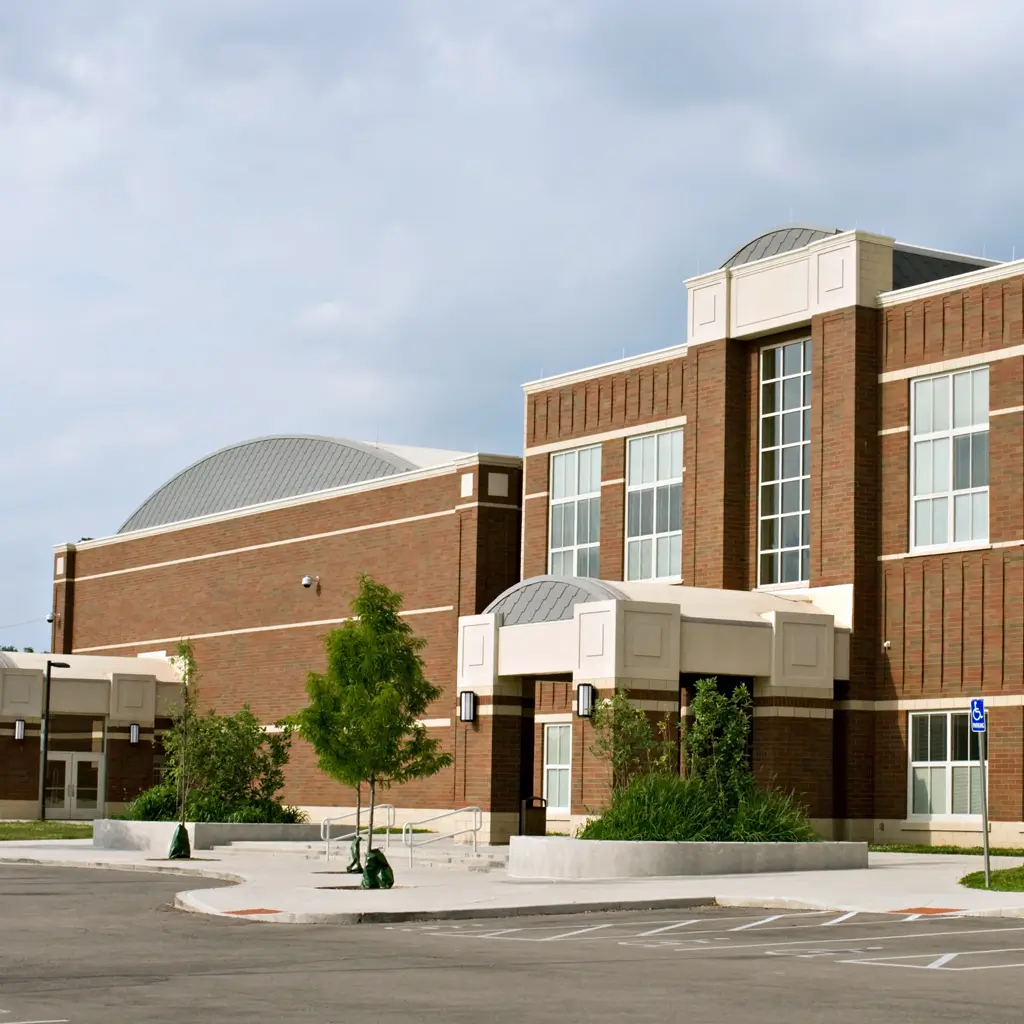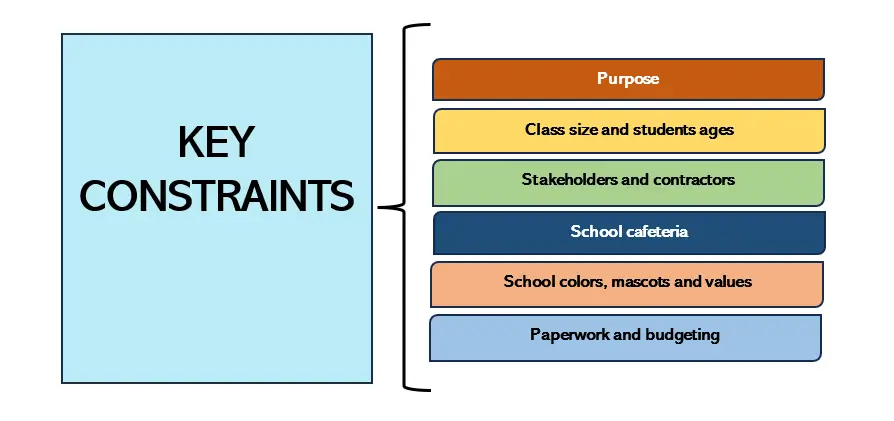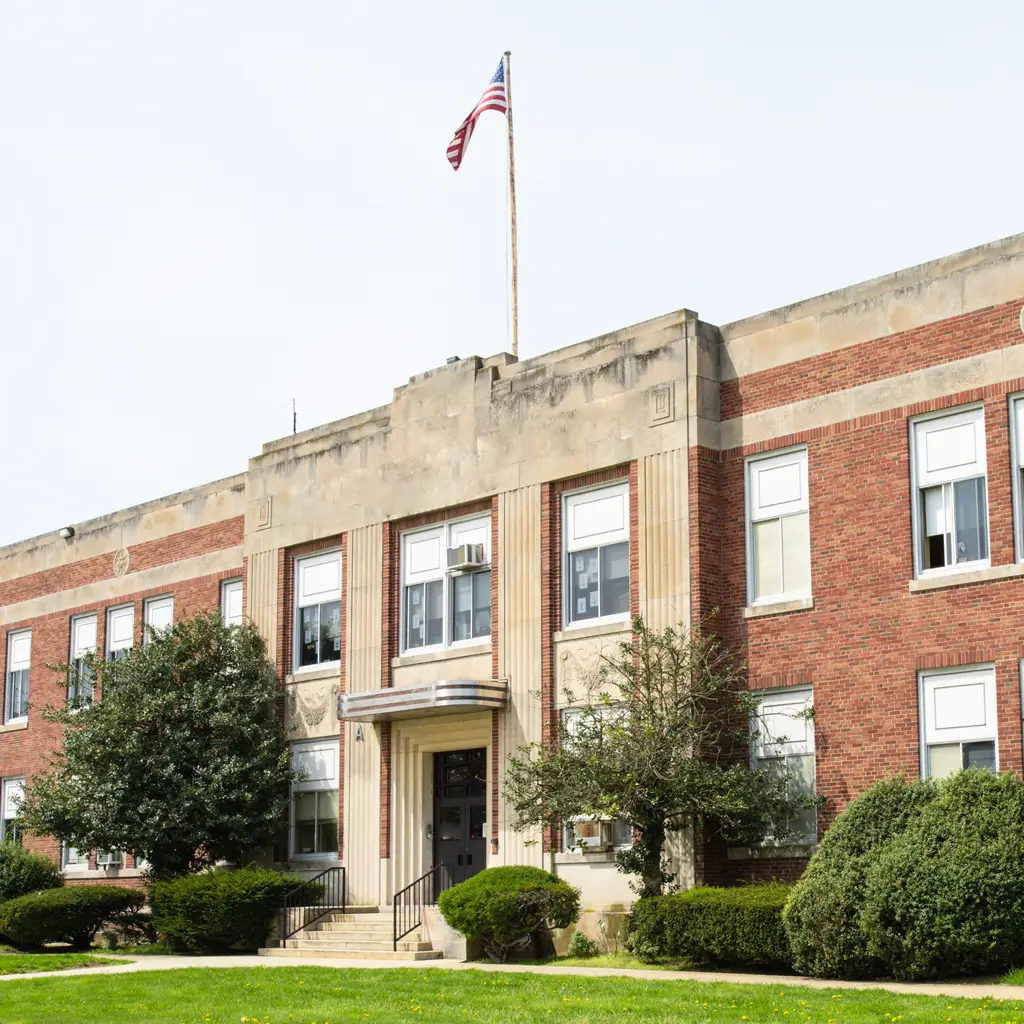Introduction
Are you dreaming of establishing a school or renovating or expanding an existing one? If your answer is yes, you are in for a treat.
Building a school is like sowing seeds for a brilliant future. However, It’s not just about putting up a structure; it’s about making a space where students can learn, grow, and become awesome people, hitting big goals in life.
Now, you might have heard that starting a school is a colossal, expensive, and complicated task. Well, toss that notion out the window. Not to burst anyone’s bubble, but it’s 101% doable. With the right plan and enthusiasm, it’s possible and pays off big in time, money, and investment.
We’re here to guide you through the process with easy-to-follow steps and essential considerations. Let’s mix passion with bricks and education with positivity to create something amazing!
How To Build a School In Three Stages
First Stage – Requirements
A successful school building requires a systematic approach. Here’s what you need to construct a school.

| Research | First and foremost, delve into a niche study. Identify the actual kind of need for a school in your area. Analyze the demographics, understand the educational gaps, and tailor your institution accordingly, whether a K-8, 9-12, day, boarding, or Montessori school. |
| Business Plan | Craft a comprehensive plan that serves as the blueprint for the first five years of your school. Start small, solidify that foundation in the primary division, and then expand. Think of it as a strategic growth plan to avoid biting off more than you can chew. |
| Location | The most important one. You need a place to build up your school. However, while searching for one, remember the aim is more than just finding a piece of land. It’s about creating an environment where kids can thrive. |
| State Approval/Licensing | Next up is the state approval and license allotment. You want to avoid any unexpected roadblocks, so getting that green light is crucial. |
| Committee | Form a small committee of talented supporters to begin the preliminary work. Include parents with financial, legal, management, and building experience. Ask for and get each member’s commitment of time and financial support. This critical planning work will demand much time and energy. |
| Financial Planning | Money talks, right? Figure out how much cash you’ll need to build and run the school. Explore all avenues, grants, and donations to get the funds flowing. |
| Constructors | Once you’ve got the money sorted, it’s time for construction. Get a good team to build the school. Keep an eye on the process to ensure it follows the plan. |
| Staff | Find passionate and skilled teachers and support staff. They’re the ones who’ll make your school an excellent place to learn. Think Avengers, but for education. |
| Safety & Security | And, of course, you’ve got to think about safety and security measures too. Make sure the school is safe—plan for emergencies and set up systems to keep everyone secure. |
Second Stage – Factors Consideration
Although education is a school’s primary function, they also provide food, housing, socializing areas, safety, and opportunities for community service by connecting students with the outside world.
To ensure you don’t overlook anything, here are critical factors to consider before breaking ground.
School Purpose and Persona
Begin your school building project by clarifying its purpose—whether it’s a replacement, expansion, or a new venture. Align the design with the school’s goals and identity.

Stakeholder Involvement
Engage teachers, students, neighbors, and policymakers to gather diverse perspectives. Inclusive discussions ensure everyone’s ideas are considered and contribute to the project’s success.
Number and Age of Students
Figure out how many students your school can handle and what ages it will have. The design should fit the needs of our students at different stages of growing and learning.
Flexible Spaces
Think about other areas along with classrooms, such as meeting rooms, principal rooms, sports grounds, or event halls. This reflects that your school is super helpful for everyone, supporting various curricular activities and bringing them together.
Optimal Class Sizes
Consider factors like your space, the number of students to be seated in each class, and the teaching style when deciding on class sizes. Strive for a balance that allows effective teaching and personalized attention for students.
School Colors, Mascot, and Values
Consider giving your school identity and personality, such as allotting different colors to class categories and assigning distinct characters to each group while maintaining and contributing to the values that matter most to you and fostering a sense of belonging among students, staff, and the community.
Healthy Cafeteria Design
We believe a well-designed school cafeteria promotes healthy eating habits. It provides a social space for students to interact and communicate with each other. Therefore, before construction, consider how many students you want to cater to and what kind of kitchen you need.
We at ICC have been building up and renovating cafeterias, which are more than enjoyable places but are also places for promoting healthy habits and lifestyles. Reach out to us for consultation!
Suggested Reading: Guide to Elementary School Cafeteria Decorations.
Safety Measures
Keeping everyone safe is super important. Before construction, consider installing good doors, security systems, and a plan for emergencies. Use strong and secure materials to verify your school is a safe and happy place for everyone.
Involve the Right Contractors
Choosing a good builder is a big deal. Do thorough research and team up with the best construction firms with experience in constructing various components of educational institutions such as stylish libraries, cafeterias, and meeting rooms to ensure your project’s completion on time and meeting specific requirements.
Looking for dependable options? Hit US up. With 15 years of experience in designing and renovation, our skills and expertise can lead to the success of your school project.
Learn: How to Create the Best High School Cafeteria.
Paperwork Compliance
Further, ensure you have all the paperwork to certify the construction project proceeds smoothly and within the stipulated guidelines.
Comprehensive Budgeting
Create a budget covering materials, labor, and unforeseen expenses. Once you have a clear financial picture, prudently distribute funds among the several components: building, supplies, and permits. This promotes economic sustainability and assures successful project completion.
Third Stage – Development
So as now we have covered the requirements and the factors, let’s delve into the steps to build a solid school building.
Be Clear on the Layout
First things first, before you even think about breaking ground, make sure you’ve got the school layout nailed down and that it’s aligned with your educational objectives. Analyze and decide where classrooms, admin spaces, and recreation areas should go.
Choose the Right Location
Next, pick the ideal location. A well-chosen location contributes to the overall positive atmosphere of the learning environment. While signing off with the location, ensure it is accessible, close to your students, and has the necessary infrastructure. Moreover, conduct environmental impact assessments to ascertain that it is convenient and creates a positive atmosphere.
Hire the Experts and Get the Design Ready
Now, it’s time to bring in the professionals – project managers, designers, architects, engineers – the whole gang. They’ll help turn your vision into actual plans and ensure everything stays on budget.
However, don’t hold back on sharing your ideas; collaboration is the name of the game. Work closely with them to refine the layout, choose materials, and ensure the design meets educational needs while looking reasonable and practical. This design phase is key to getting everything just right.
Mobilization and Site Preparation
Once you’ve finalized your design, bring in the construction crew and ready the site. This means creating the necessary infrastructure to clear the land by removing trees, bushes, and any clutter to make it safe and clean and set up for the following stages of construction.
Foundations and Structural Work
Foundations and structural work come next. It’s like building a solid base for your school. You need a sturdy foundation to ensure it stands tall for years. This involves putting together the skeleton of the building, which includes the ceiling, panels, and flooring.
Rough-Ins and Enclosures
Now, focus on the inside systems and protection for a seamless transition. Check and fix electricity, plumbing, and HVAC systems inside the school. At the same time, enclose the building by adding the roof, outer walls, and windows to shield it from harsh weather.
Interior Finishes and Details
It’s time for an interior touchup, where you make it all come to life. Choose colors and materials, and brush up to make the place inviting. And yes, remember the cafeteria! We at ICC believe it’s the heart of the school, where everyone gathers, so it must be a pleasant, comfortable-looking space that feels welcoming and helps everyone learn better.
Need support? Our cafeteria graphics services are at your service. Because it’s not just about having lunch. It’s about having a healthy, lively place to enjoy, grow, and learn.
Inspections and Commissioning
Further, conduct thorough structural, electrical, and safety inspections while testing and verifying that all systems, including technology and safety features, adhere to quality and compliance regulations.
Purchase The Furniture and Educational Supplies
Furniture and supplies are next on the checklist. Check over the markets and procure and install the appropriate furniture for classrooms, offices, and common areas. We suggest opting for ergonomic designs and durability to guarantee longevity. And don’t forget, the cafeteria is a big deal deserving extra attention. Spice it up with the best furniture to turn heads and create a vibrant atmosphere.
Need a hand in for ideas? Choose our cafeteria seating services at Ingenious Culinary Concepts. We have the knowledge and experience to find the perfect solution for your school!
Suggested reading: The Different Types of Cafeteria Tables for Schools.
Technology Installation
Tech time. Integrate modern technology into classrooms and administrative areas. This includes setting up computer labs, interactive whiteboards, screen LEDs, and other educational technology tools.
Build a School Website
Create a modern, easy-to-use school website that draws users in with captivating images, emphasizes your institution’s unique selling points, and shows a feeling of uniqueness.
Suggested reading: Top 5 Reasons to Redesign To Your School Website.
Advertising
Spread the word! Engage with the community, use local newspapers, create a website, and join national school groups. Get the buzz going!
Learn: What Does A Holistic Digital Marketing Plan For Your School Look Like?
Open your Business Office
Prepare your school office and engage with eager parents and students. Showcase the unique features of your school during tours and kickstart the admission process.
Hiring Faculty
Attract top-notch teachers with competitive compensation. Train them well in advance so they can roll when the school opens.
Open the Doors to Learning
And finally, the big day – launch your school! Celebrate with an inauguration ceremony. Invite the community, local leaders, and stakeholders. Show them around and talk about all the good things your school will do for the community. Let the day’s excitement leave a lasting memory for everyone who attends.
Suggested reading: 5 Ways to Build a Positive School Culture.
Final Words
Creating a school is like crafting a haven for learning. You’ve laid the foundation for a place where young minds will blossom. Now, as you swing open those doors, imagine the laughter, curiosity, and endless possibilities that await inside. Cheers to the fantastic journey you’ve begun.
Here’s to a school that sparks joy and lights up futures!
FAQs
Which amenities have to be part of the structure of the school?
A school must have facilities for enjoyable activities, offices, labs, a cafeteria for dining, a library, and classrooms. To fully complete the educational experience, areas for extracurricular activities and specific needs must also be considered.
What role does the construction of different school areas have in fostering student learning and growth?
Building necessary school spaces, including classrooms, offices, lobbies, and a well-planned cafeteria, is essential for encouraging student learning and intellectual growth. A supportive learning environment encourages good experiences and advances students’ general development.
How may a school cafeteria’s layout improve learning and well-being for students?
A well-planned school cafeteria encourages kids to eat healthily, offers a place to interact with others, and adds to the happy environment. A comfortable and relaxing cafeteria is vital for students’ well-being, as it creates an atmosphere that enhances their educational experiences.



